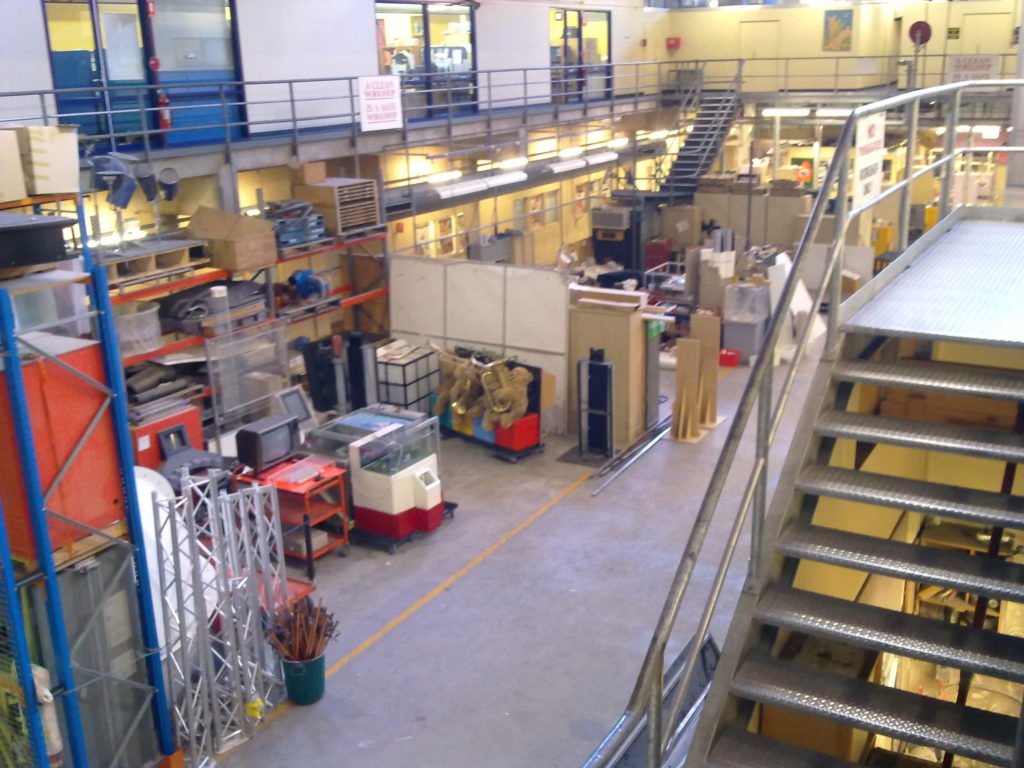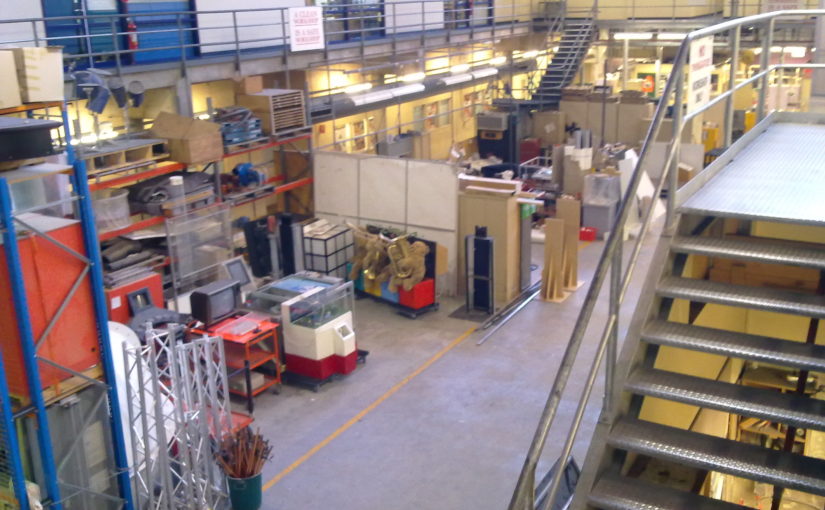I've spent the last week as 'geek-in-residence' with the Digital, Social and Emerging Technologies team at the Powerhouse Museum. I wasn't sure what 'geek-in-residence' would mean in reality, but in this case it turned out to be a week of creativity, interesting constraints and rapid, iterative design.
When I arrived on Monday morning, I had no idea what I'd be working on, let alone how it would all work. By the end of the first day I knew how I'd be working, but not exactly what I'd focus on. I came in with fresh questions on Tuesday, and was sketching ideas by lunchtime. The next few days were spent getting stuck into wireframes to focus in on specific issues within that problem space; I turned initial ideas into wireframes and basic copy; and put that through two rounds of quick-and-dirty testing with members of the public and Powerhouse volunteers. By the time I left on Friday I was able to handover wireframes for a site called 'conversations about collections' which aims to record people's memories of items from the collection. (I ran out of time to document the technical aspects of how the site could be built in WordPress, but given the skills of the team I think they'll cope.)
The first day and a half were about finding the right-sized problem. In conversations with Paula (Manager of the Visual & Digitisation services team) and Luke (Web Manager), we discussed what each of us were interested in exploring, looking for the intersection between what was possible in the time and with the material to hand.
After those first conversations, I went back to Powerhouse's strategy document for inspiration. If in doubt, go back to the mission! I was looking for a tie-in with their goals – luckily their plan made it easy to see where things might fit. Their strategy talked about ideas and technology that have changed our world and stories of people who create and inspire them, about being open to 'rich engagement, to new conversations about the collections'.
I also considered what could be supported by the existing API, what kinds of activities worked well with their collections and what could be usefully built and tested as paper or on-screen prototypes. Like many large collections, most of the objects lack the types of data that supports deeper engagement for non-experts (though the significance statements that exist are lovely).
Two threads emerged from the conversations: bringing social media conversations and activity back into the online collections interfaces to help provide an information scent for users of the site; and crowdsourcing games based around enhancing the collections data.
The first was an approach to the difficulties in surfacing the interesting objects in very large collections. Could you create a 'heat map' based on online activity about objects to help searchers and browsers spot objects that might be more interesting?
At one point Nico (Senior Producer) and I had a look at Google Analytics to see what social media sites were sending traffic to the collections and suss out how much data could be gleaned. Collection objects are already showing up on Pinterest, and I had wild thoughts about screen-scraping Pinterest (they have no API) to display related boards on the OPAC search results or object pages…
I also thought about building a crowdsourcing game that would use expert knowledge to data to make better games possible for the general public – this would be an interesting challenge, as open-ended activities are harder to score automatically so you need to design meaningful rewards and ensure an audience to help provide them. However, it was probably a bigger task than I had time for, especially with most of the team already busy on other tasks, though I've been interested in that kind of dual-phased project since my MSc project on crowdsourcing games for museums.
But in the end, I went back to two questions: what information is needed about the collections, what's the best way to get it? We decided to focus on conversations, stories and clues about objects in the collections with a site aimed at collecting 'living memories' about objects by asking people what they remember about an object and how they'd explain it to a kid. The name, 'Conversations about collections' came directly from the strategy doc and was just too neat a description to pass up, though 'memory bank' was another contender.
I ended up with five wireframes (clickable PDF at that link) to cover the main tasks of the site: to persuade people (particularly older people) that their memories are worth sharing, and to get the right object in front of the right person. Explaining more about the designs would be a whole other blog post, but in the interests of getting this post out I'll save that for another day… I'm dashing out this post before I head out, but I'll update in response to questions (and generally things out when I have more time).
My week at the Powerhouse was a brilliant chance to think through the differences between history of science/social history objects and art objects, and between history and art museums, but that's for another post (perhaps when if I ever get around to posting my notes from the MCN session on a similar topic).
It also helped me reflect on my interests, which I would summarise as 'meaningful audience participation' – activities that are engaging and meaningful for the audience and also add value for the museum, activities that actually change the museum in some way (hopefully for the better!), whether that's through crowdsourcing, co-curation or other types of engagement.
Finally, I owe particular thanks to Paula Bray and Luke Dearnley for running with Seb Chan's original suggestion and for their time and contributions to shaping the project; to Nicolaas Earnshaw for wireframe work and Suse Cairns for going out testing on the gallery floor with me; and to Dan Collins, Estee Wah, Geoff Barker and everyone else in the office and on various tours for welcoming me into their space and their conversations.


4 thoughts on “Geek for a week: residency at the Powerhouse Museum”